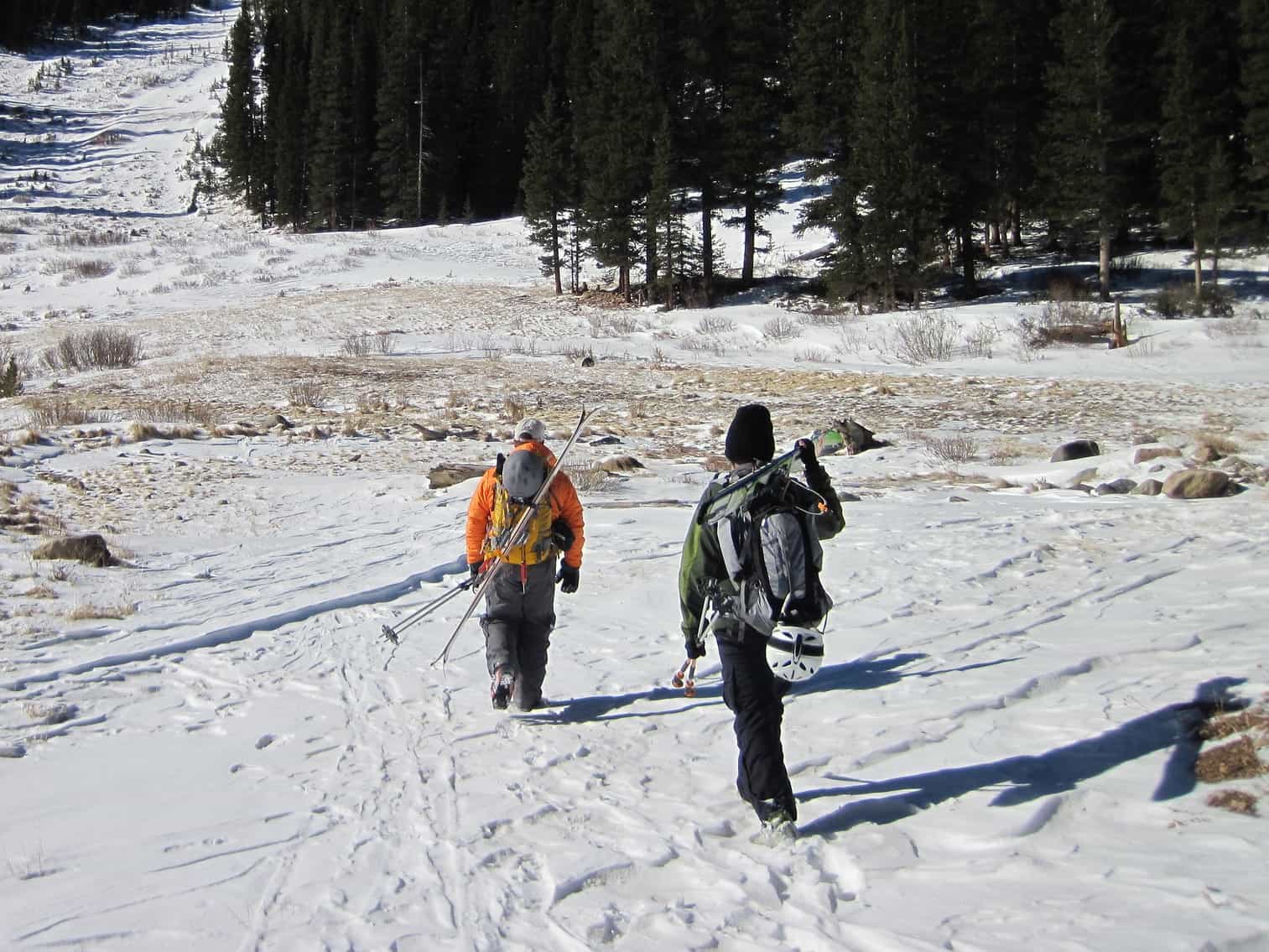Ski boots can be soft, medium, or stiff flex. Depending on your skill level and leg strength, this will vary for your particular pair.
Chance are, if you’re heading off-site toward technical trails, your boots will be on the stiffer side for much needed control.
For snowshoeing, a boot with more flex will be most comfortable, especially if your snowshoes hit uneven trail or rocks.
Alternatively, your particular boot may also have a ‘flex adjustment’ capability. Some high end boots can be dialed to a particular type of ski setting.

